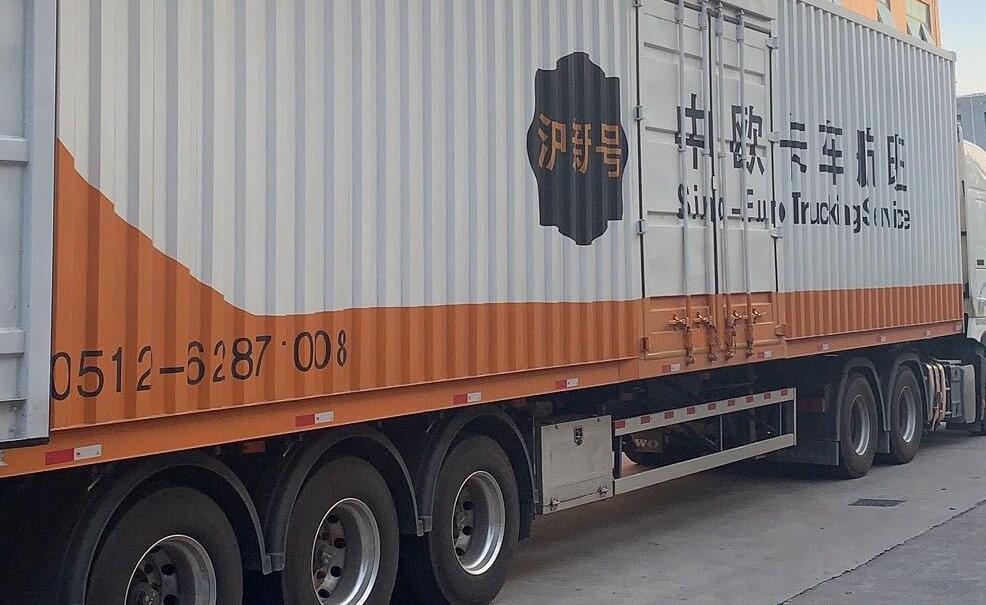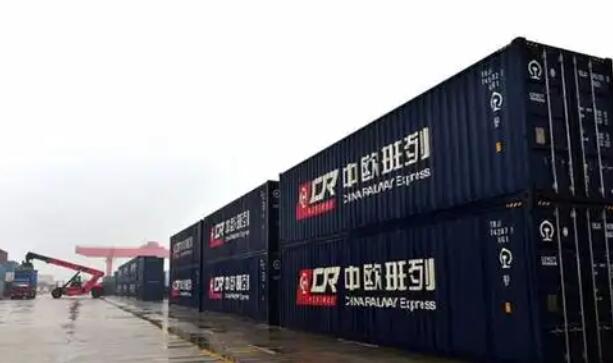Soaring goods? Heavy goods? How to define it?
If you want to know the definition of soaking goods and heavy goods, you need to
know what the actual weight, volume weight and billing weight are. I. actual
weight Actual Weight, that is, the weight obtained according to weighing
(weighing), including Gross Weight (g.w.) and Net Weight (n.w.). The most common
is the actual gross weight. In the air cargo transportation, the actual gross
weight is often compared with the calculated volume weight, and the freight is
calculated and charged according to the larger one. Second, the volume and
weight [Volume weight] Volumetric Weight or Dimensions Weight is the weight
calculated by the volume of goods according to a certain conversion coefficient
or calculation formula. In air cargo transportation, the conversion factor for
calculating volume and weight is generally 1:167, that is, one cubic meter is
about 167 kg. For example, the actual gross weight of an air cargo is 95 kg and
the volume is 1.2 cubic meters. According to the coefficient of 1:167 by air,
the volume weight of this cargo is 1.2 * 167 = 200.4 kg, which is greater than
the actual gross weight of 95 kg, so this cargo is bubble goods (also called
throwing goods and light goods, English name is Light Weight Cargo or Light
Cargo/Goods or Low Density Cargo or Measurement Cargo), airlines will charge
according to volume and weight instead of actual gross weight. Please note that
air transportation is generally called soaking goods, while sea transportation
is generally called light goods, with different names. Another example is: the
actual gross weight of a cargo by air is 560 kg, and the volume is 1.5CBM.
According to the coefficient of 1:167 by air, the volume weight of this cargo is
1.5 * 167 = 250.5 kg, which is less than the actual gross weight of 560 kg.
Therefore, this cargo is heavy cargo (called Dead Weight Cargo or Heavy
Cargo/Goods or High Density Cargo in English), and the airline will follow the
actual gross weight In a word, according to a certain conversion factor,
calculate the volume and weight, and then compare the volume and weight with the
actual weight, and charge according to the larger one. Third, the billing weight
[Chargeable Weight] English name is C.W., which is used to calculate the weight
of freight or other miscellaneous expenses. Billing weight is either actual
gross weight or volume weight. Billing weight = actual weight VS volume weight,
whichever is the greater. Fourth, the calculation method Calculation method of
express delivery and air transport: Rule items: Length (cm)× width (cm)× height
(cm) ÷ 6000 = volume weight (KG), that is, 1 1CBM≈166.66667KG. Irregular
articles: The longest (cm)× the widest (cm)× the highest (cm) ÷6000= = volume
and weight (KG), that is, 1CBM≈166.66667KG .. This is an internationally popular
algorithm. In short, a cubic meter with a weight greater than 166.67 kg is
called heavy goods, and a cubic meter with a weight less than 166.67 kg is
called bubble goods. Heavy goods are charged according to actual gross weight,
while soaking goods are charged according to volume and weight. Matters needing
attention: 1. CBM is short for Cubic Meter, meaning cubic meter. 2. Volume and
weight are calculated according to length (cm)× width (cm)× height (cm)÷5000,
which is not common. Generally, only courier companies use this algorithm. 3. In
fact, the division of heavy goods and bubble goods by air cargo transportation
is much more complicated. For example, according to the different density, there
are 1:300,1:400,1:500,1:800,1:1000 and so on. Different proportions lead to
different prices. For example, 1:300 25 yuan/kg, 1:500 24 yuan/kg. The so-called
1:300 means 1 cubic meter equals 300 kilograms, 1:400 means 1 cubic meter equals
400 kilograms, and so on. 4. In order to make full use of the space and load
capacity of the aircraft, heavy goods and soaked goods are generally reasonably
matched, and air stowage is a technical activity-well matched can make full use
of the limited cabin resources of the aircraft, and even greatly increase
additional profits. Too much heavy goods will waste space (it will be overweight
if it is not full of shipping space), and too much soaked goods will waste load
(it will be full if it does not reach the maximum weight). Calculation method of
sea transportation: 1. The division of heavy goods and light goods by sea
transportation is much simpler than that by air transportation. The LCL business
in China basically distinguishes heavy goods from light goods according to the
standard that 1 cubic meter equals 1 ton. Heavy goods are rare in sea LCL, which
are basically light goods. Moreover, shipping LCL calculates freight according
to volume, which is fundamentally different from air freight according to
weight, so it is much simpler. Many people do a lot of shipping goods, but they
have never heard of light goods and heavy goods, because they are basically not
used. 2. According to the stowage of ships, goods whose stowage factor is less
than the capacity factor of ships are called dead weight cargo/heavy goods. Any
cargo whose stowage factor is greater than the ship's capacity factor is called
Measurement Cargo/Light Goods. 3. According to the calculation of freight and
the international shipping business practice, goods with a cargo stowage factor
less than 1.1328 cubic meters/ton or 40 cubic feet/ton are called heavy goods;
Goods with a stowage factor greater than 1.1328 cubic meters/ton or 40 cubic
feet/ton are called light goods/soaked goods. 4. The concepts of heavy goods and
light goods are closely related to stowage, transportation, storage and billing.
Carriers or freight forwarders distinguish heavy goods from light goods/soaking
goods according to certain standards. Tips Marine LCL is based on the density of
water, 1000KGS/1CBM. The quantity of goods is multiplied by tons. If it is more
than 1, it is heavy goods, and if it is less than 1, it is soaked goods.
However, many voyages are now limited in weight, so the ratio is adjusted to
about 1 ton//1.5CBM. Air transport, based on 1,000: 6, is equivalent to 1
1CBM=166.6KGS. If 1CBM exceeds 166.6, it means heavy goods, but it means soaking
goods. In this paper, the division of heavy goods, light goods/soaking goods and
flat goods is for reference only. Doesn't mean it's actually the same. There is
often a great distance between theory and practice. And in practice, the
regulations of different companies may be different. Need to consult freight
forwarding company, transportation company, express delivery company or
logistics company.










